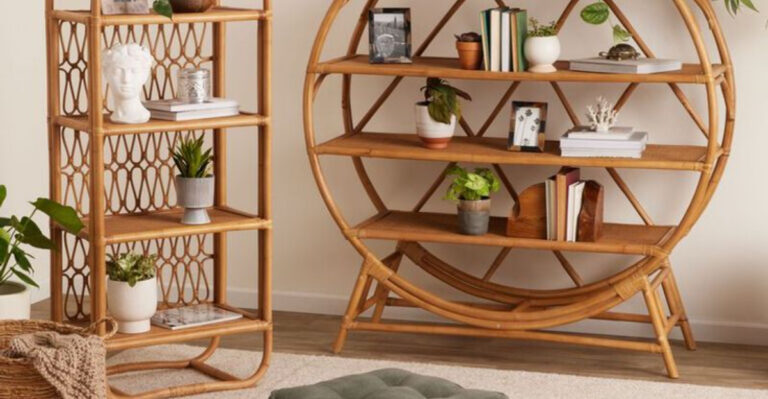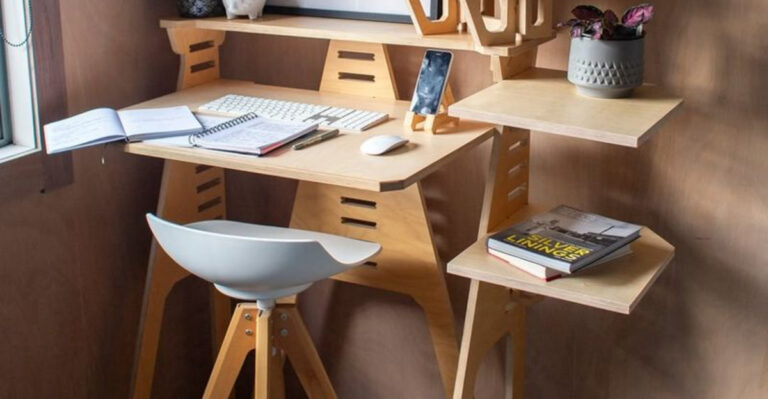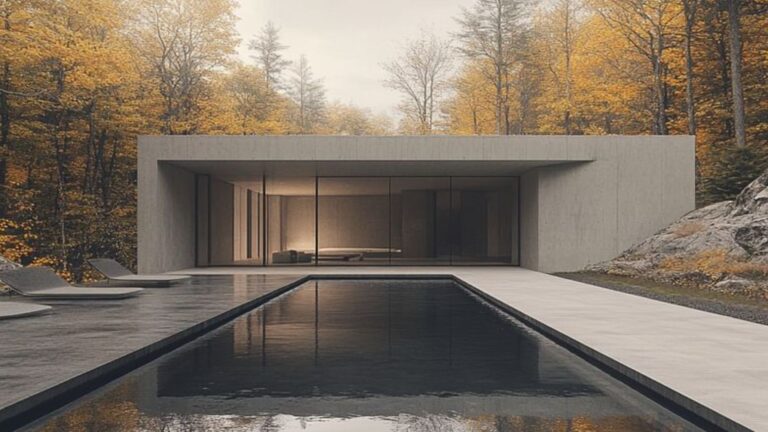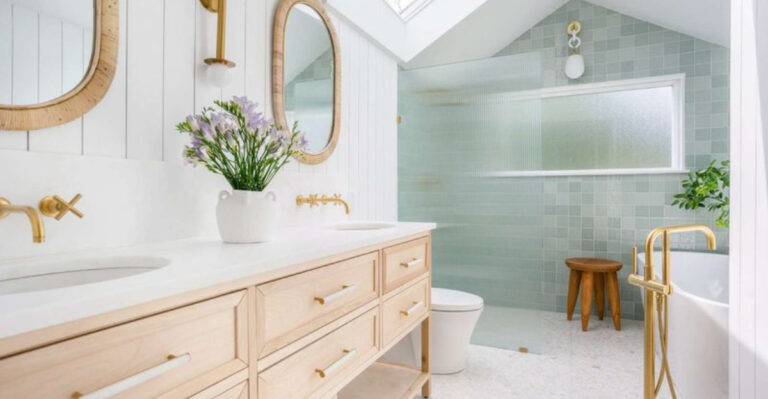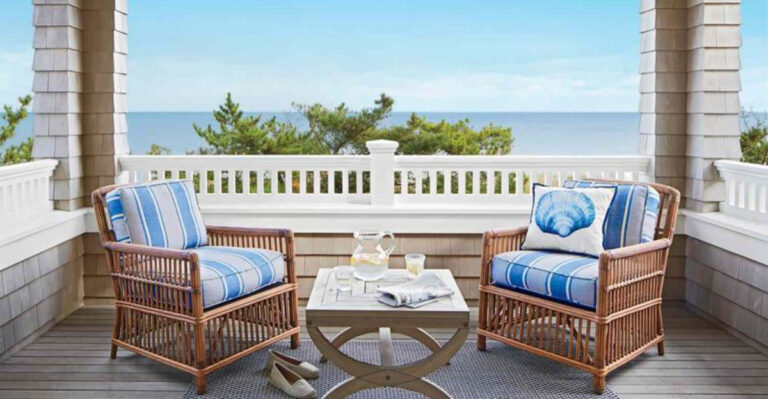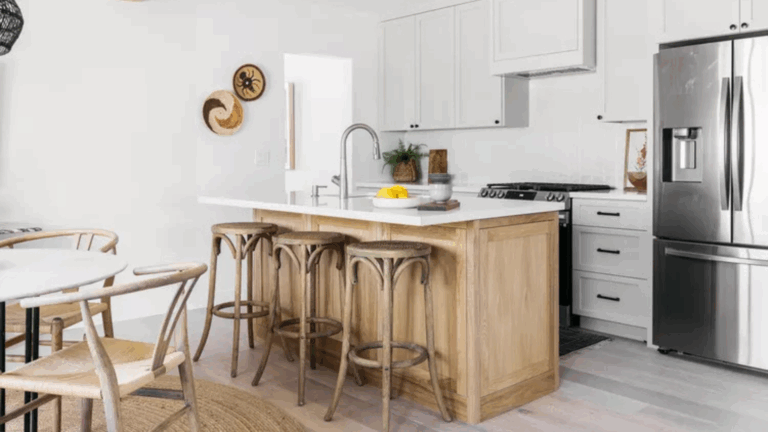Dining Room Transformations That Elevate Every Meal (20 Stunning Arrangements)
I’ve always believed the dining room is one of the most underrated spaces in a home. Sure, it’s where you eat, but it’s also where some of the best laughs and conversations happen.
Over the years, I’ve learned that a few simple changes, great lighting, a thoughtfully set table, a cozy chair or two, can turn an ordinary dining area into a spot everyone gravitates toward.
If you’ve been wanting to breathe new life into yours, you’re in the right place. These 20 arrangement ideas will help you make your dining room a true gathering space you’ll love.
1. Statement Chandeliers That Dazzle
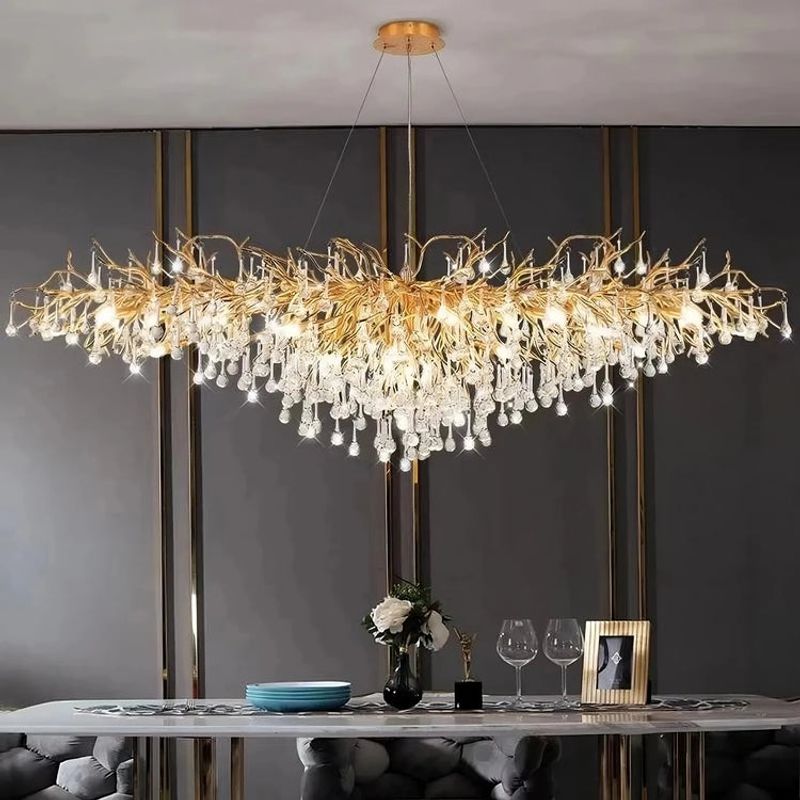
Nothing says ‘look at me’ quite like a jaw-dropping chandelier hanging above your dining table. Pick something that reflects your personality—crystal for glamour lovers or industrial metal for modern minimalists.
The right lighting fixture works like jewelry for your room. It creates a focal point that guests can’t help but notice when they walk in.
For extra impact, install a dimmer switch so you can adjust the mood from bright family breakfasts to intimate dinner parties with just a twist.
2. Mix-And-Match Chair Combinations
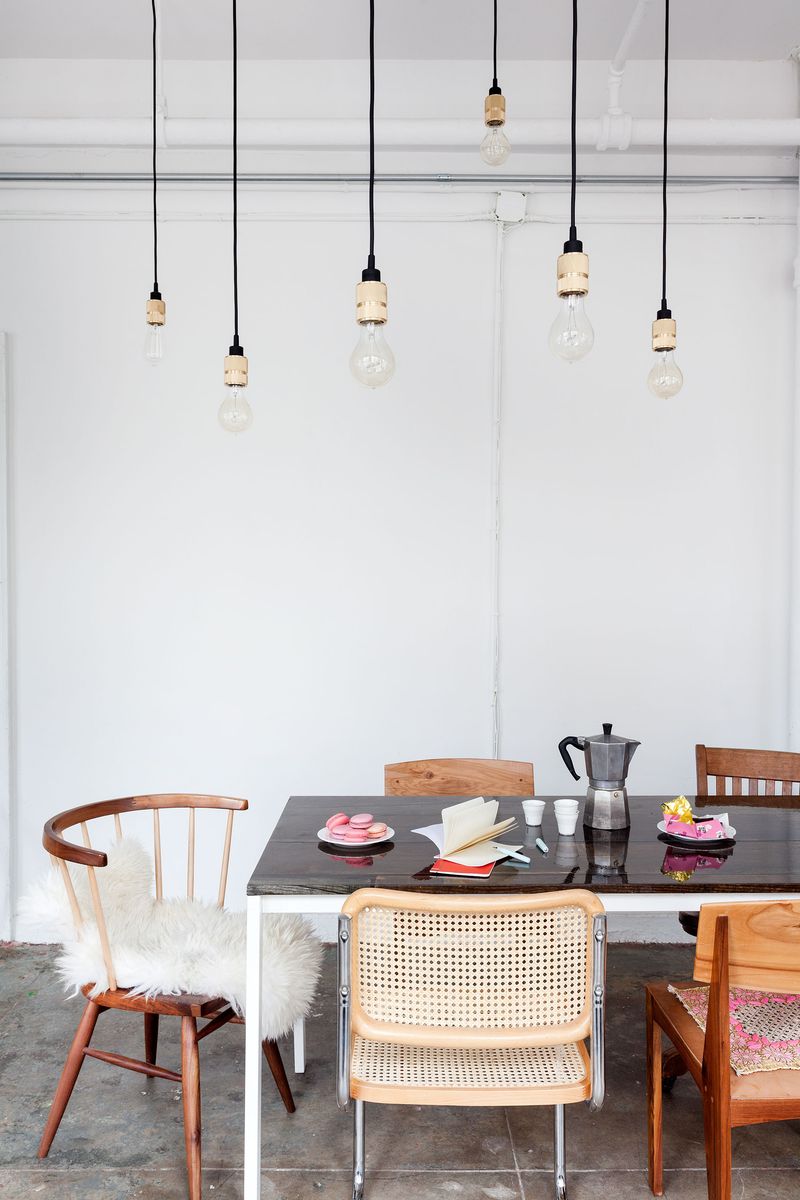
Forget the matchy-matchy dining sets your parents had! Today’s coolest dining rooms feature chairs that complement rather than clone each other. Try pairing sleek side chairs with upholstered end chairs or mixing colors within the same chair style.
Kids love having their special chair at the table. It makes mealtime more fun when everyone has their own unique seat.
Just keep one element consistent—maybe the height, material, or color family—so the look feels intentional rather than random.
3. Wall-To-Wall Built-In Banquettes
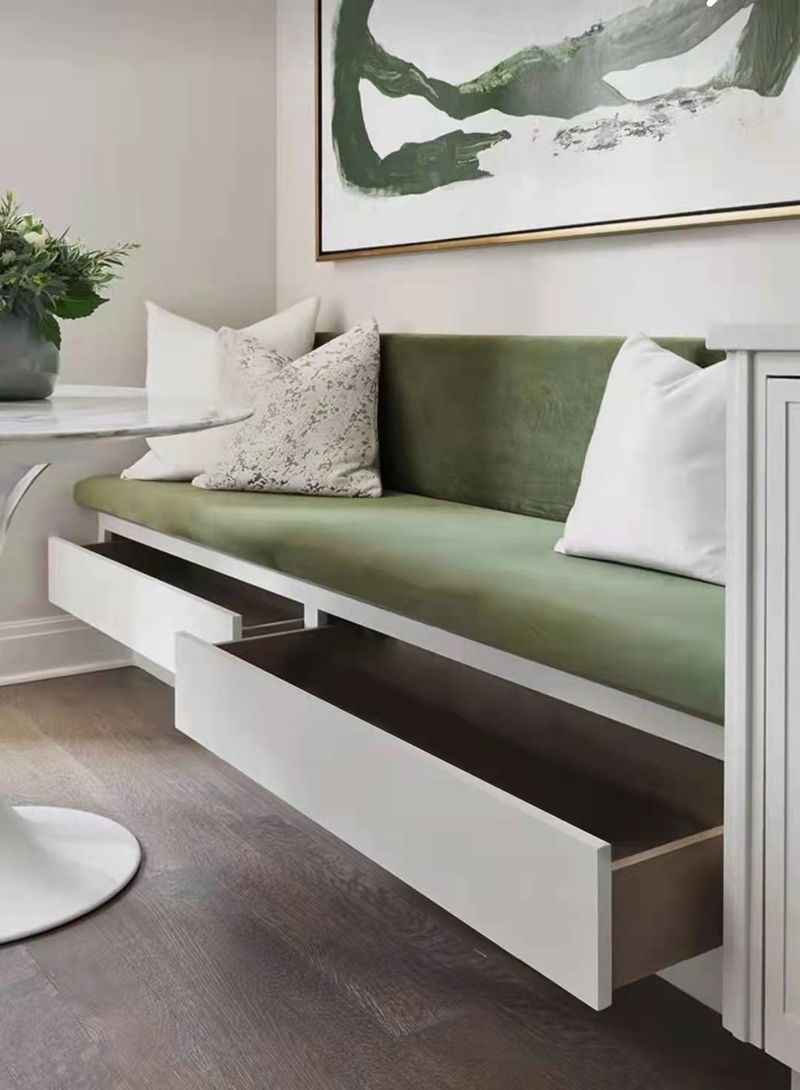
If you’ve got a smaller dining space, built-in bench seating might be your new best friend. These clever banquettes maximize seating while minimizing the footprint needed for dining furniture.
Storage underneath? Yes please! Lift-up seats or drawers can hide seasonal table linens, extra dinnerware, or kids’ art supplies for table activities.
The coziness factor goes through the roof too. People naturally gravitate toward these restaurant-style setups that feel both luxurious and comfortable at the same time.
4. Dramatic Dark Wall Colors
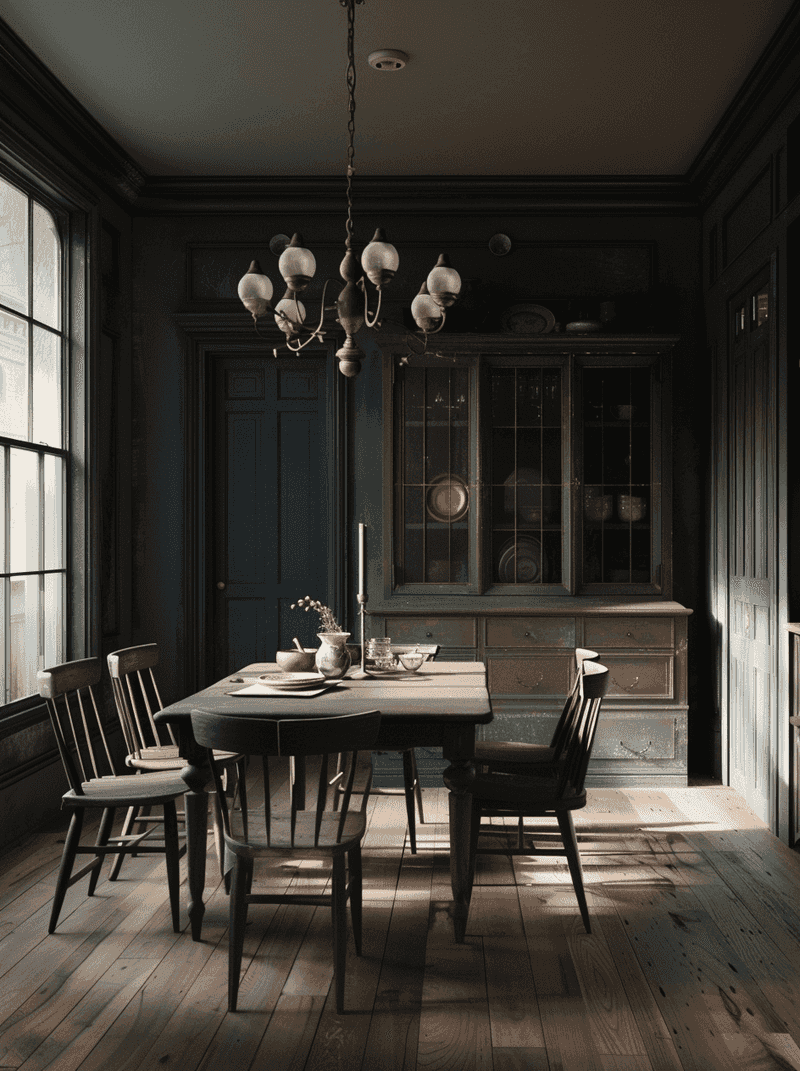
While kitchens often stay light and bright, dining rooms can handle the drama of deeper hues. Navy, charcoal, forest green, or even black walls create an instant atmosphere of sophistication.
Meals feel more special against a dark backdrop. The rich color makes white plates pop and candlelight seem more magical during evening gatherings.
Worried about the room feeling too cave-like? Balance dark walls with lighter furniture, metallic accents, and plenty of lighting to keep the space feeling intentional rather than gloomy.
5. Living Edge Wooden Tables
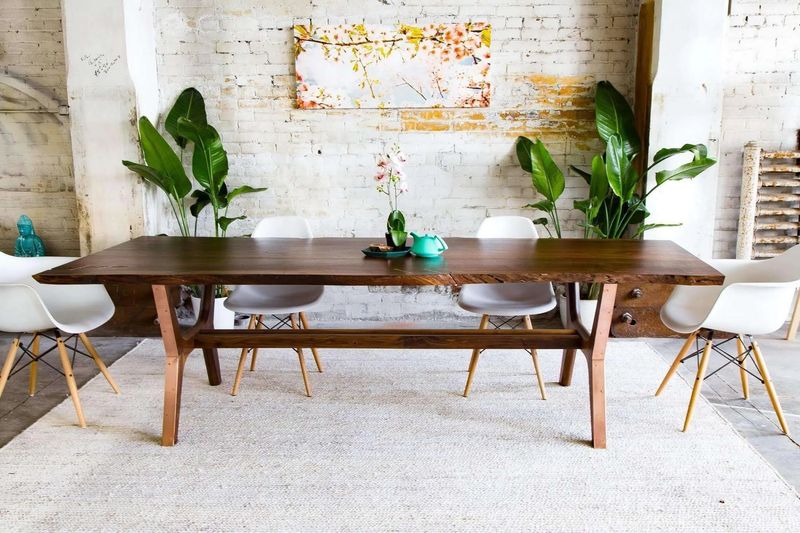
Mother Nature creates the most beautiful designs, which is why living edge tables have become dining room superstars. These tables showcase the natural edge of the wood slab rather than hiding it behind straight cuts.
Each one tells a story through its unique grain patterns, knots, and organic shape. No two are exactly alike, giving your dining space a one-of-a-kind centerpiece.
Pair these natural beauties with sleek, simple chairs to let the table be the star of the show.
6. Gallery Walls For Visual Feasting
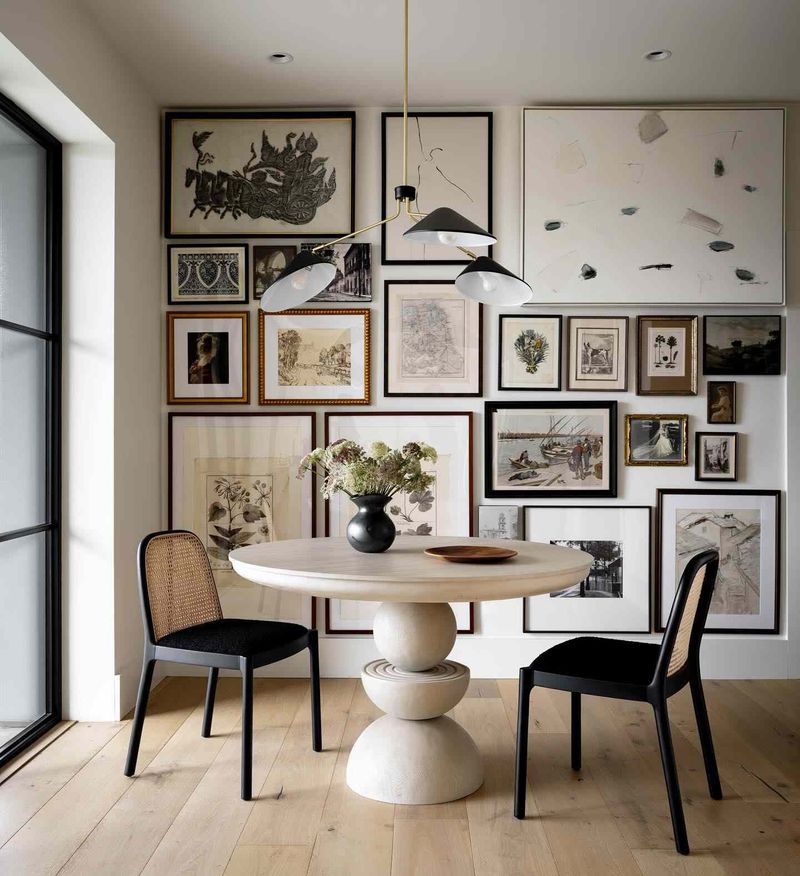
Why stare at empty walls when you could gaze at things that make you happy while you eat? Gallery walls turn blank dining room spaces into personal museums filled with favorite artwork, family photos, or travel mementos.
The trick is finding a unifying element—maybe all black frames, a color theme, or similar subject matter. This keeps the look cohesive rather than chaotic.
Sometimes the conversation lulls during dinner. A thoughtfully curated gallery wall provides the perfect talking points to keep things lively!
7. Round Tables For Better Conversation

Square corners create barriers while circles bring people together! Round dining tables naturally encourage conversation since everyone can see each other equally well.
No more shouting down the length of a rectangular table or feeling stuck talking only to the people beside you. The democratic shape means nobody gets the dreaded ‘end’ seat.
Many round tables come with extension leaves too, so you can expand from intimate family dinners to larger gatherings without sacrificing that conversation-friendly shape.
8. Indoor Plants As Natural Dividers
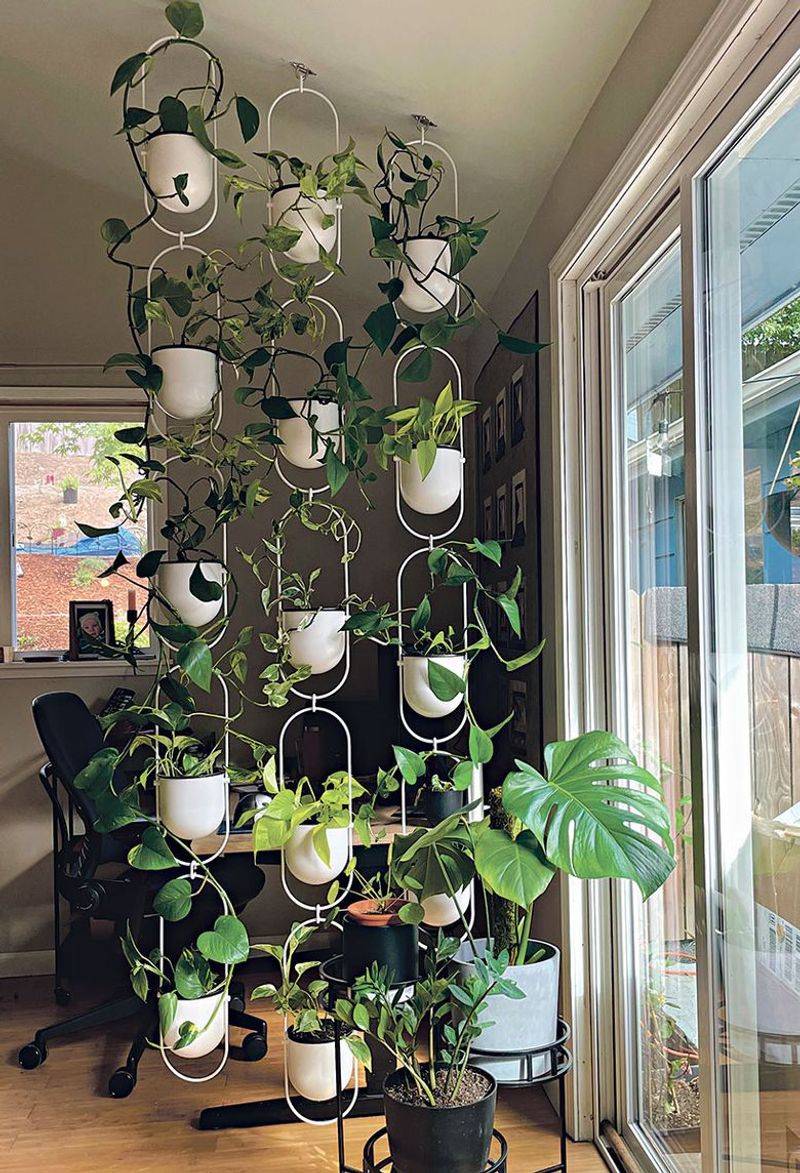
Living in an open concept home? Large potted plants can define your dining area without building actual walls. Try a row of tall fiddle leaf figs or a plant stand with cascading vines to create visual boundaries.
Plants bring life, color, and improved air quality to mealtime. They soften all the hard surfaces typically found in dining rooms like tables, chairs, and flooring.
Even better, they’re movable room dividers! Rearrange them whenever you need to change up your space or accommodate larger gatherings.
9. Textured Ceiling Treatments

Look up! The ceiling—often called the fifth wall—offers major design potential in dining rooms. Wood planks, decorative molding, or even wallpaper overhead creates unexpected visual interest.
Since dining rooms are typically smaller than living spaces, you can afford to go bold without overwhelming the whole house. The contained area makes it perfect for architectural experiments.
Your guests will definitely notice this unique touch. It’s like adding a cherry on top of your design sundae—an extra detail that shows you’ve thought of everything.
10. Window Seat Dining Nooks

Got a bay window or large window in your dining area? Transform it into the most sought-after seat at the table! Window seat dining nooks combine the best of banquette seating with natural light.
Meals taste better with a view, whether it’s your garden, cityscape, or just watching the seasons change. Kids especially love these special spots for breakfast or homework time.
Add cushions in washable fabrics for comfort and practicality. Throw in some pillows that can be swapped seasonally to keep the look fresh throughout the year.
11. Unexpected Rug Choices
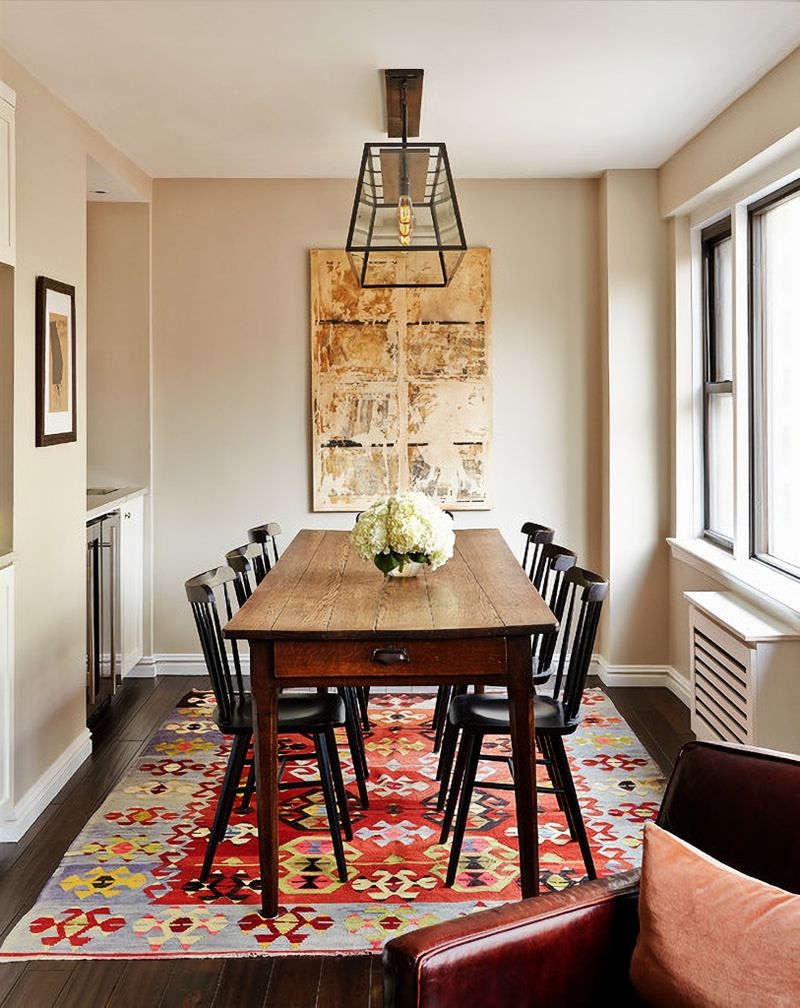
Forget playing it safe with neutral dining room rugs! Bold patterns, unexpected colors, or even layered vintage rugs can transform your dining space from boring to brilliant.
A rug anchors your dining set and defines the eating area, especially in open floor plans. It also protects flooring from chair scrapes and inevitable food spills.
Just make sure to choose materials that can handle cleaning—wool blends, indoor/outdoor varieties, or washable rugs are your friends when spaghetti night goes wrong!
12. Convertible Console-To-Dining Tables

Small-space dwellers, listen up! Expandable console tables that transform from slim hallway pieces to full dining tables are game-changers. These clever designs look like ordinary console tables when closed.
When guests arrive, unfold the hidden leaves to seat 6-10 people comfortably. After dinner, they fold back down to their slim profile, freeing up valuable floor space.
Look for models with hidden storage for the extra leaves so everything stays together. Some even include folding chairs that nest inside when not in use!
13. Statement Wallpaper Focal Walls
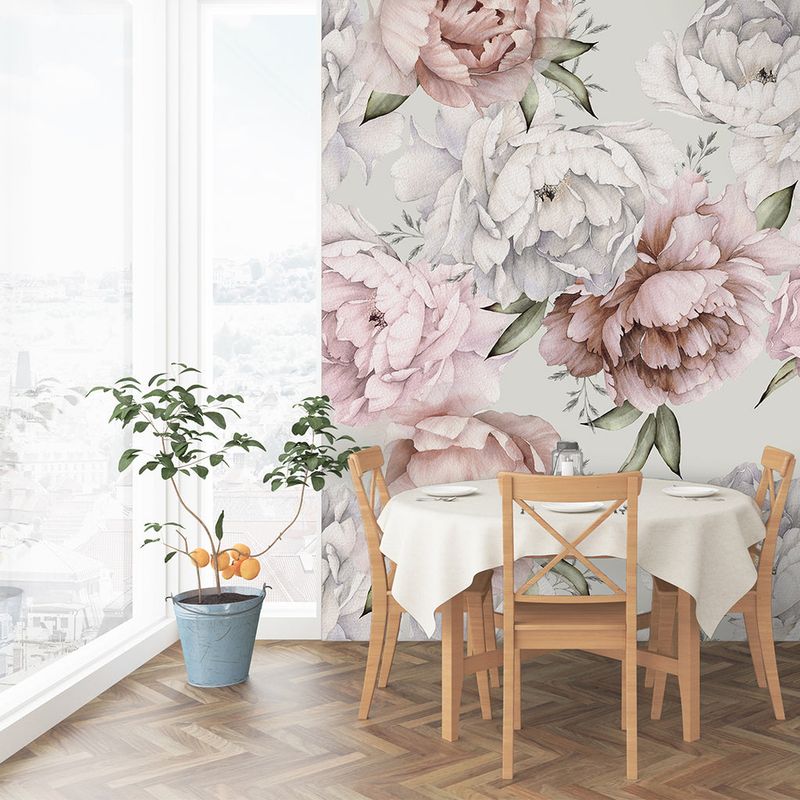
One wall of wow is all you need! Creating a single wallpapered accent wall in your dining room delivers maximum impact with minimum commitment.
Choose something conversation-worthy—large-scale florals, scenic murals, or geometric patterns that reflect your personality. The other walls can stay simple to let your statement wall shine.
Since dining rooms are often used for shorter periods than living spaces, you can get away with bolder choices that might feel overwhelming in rooms where you spend more time.
14. Mismatched China Collections
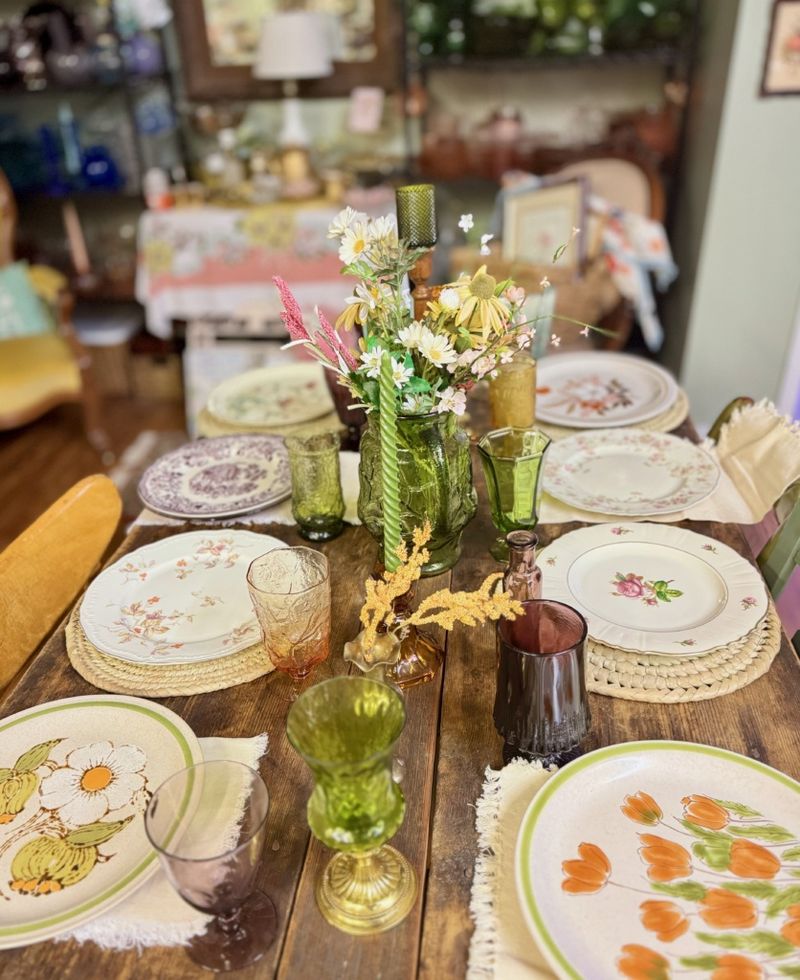
Grandma had it right all along! Collecting various patterns of china and mixing them together creates a charming, collected-over-time look that’s both personal and practical.
Hunt thrift stores, estate sales, or online marketplaces for individual pieces that share a color palette or style. The imperfect matching feels more relaxed and inviting than formal matched sets.
This approach also means you won’t panic if something breaks—just add another interesting piece to your evolving collection!
15. Hidden Storage Dining Tables

James Bond would approve of these secret-agent dining tables with concealed compartments! Some designs feature drawers under the tabletop for storing placemats, napkins, or flatware.
Others include lift-up sections that reveal felt-lined spaces for board games or puzzles. The clever engineering means everything you need for dining or entertainment stays right where you need it.
Parents especially appreciate these smart solutions—kids’ art supplies can be tucked away but remain easily accessible for creative table time without running back and forth to storage closets.
16. Conversation-Starting Centerpieces

Move over, boring fruit bowls! Today’s dining tables shine with centerpieces that tell stories—vintage collections under glass cloches, rotating seasonal displays, or even interactive elements like miniature gardens.
When nothing’s happening at the table, these eye-catching arrangements keep the space looking purposeful and designed. They provide a focal point that makes even empty tables look intentional.
The best centerpieces spark questions and stories. “Where did you find that?” becomes the perfect conversation starter that breaks the ice when hosting new friends.
17. Open Shelving Display Opportunities
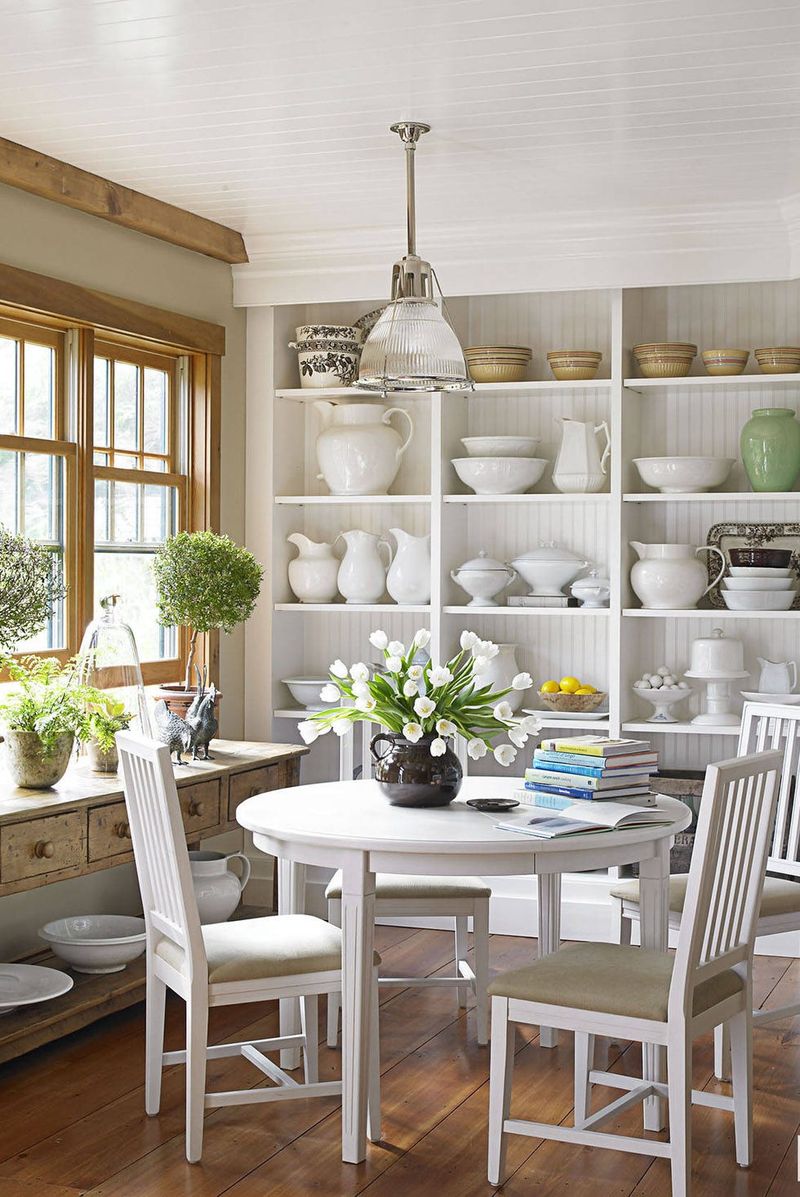
Walls of open shelving transform dining rooms into personal museums where everyday objects become art. Display collections of colorful glassware, cookbook libraries, or pottery that’s too beautiful to hide in cabinets.
Unlike closed storage, open shelves encourage you to curate what you own. They make grabbing serving pieces easier during meals while keeping everything visible.
The key to preventing a cluttered look? Group similar items together, leave some breathing room between displays, and limit your color palette to create cohesion amid variety.
18. Multi-Level Lighting Schemes

One light source? Boring! Professional-looking dining rooms layer at least three types of lighting—overhead fixtures for general illumination, wall sconces for ambient glow, and candles or small lamps for intimate mood lighting.
This multi-level approach lets you adjust the vibe from bright and energetic for family homework sessions to soft and romantic for dinner dates. No more harsh overhead-only lighting!
Smart bulbs that change color temperature add another dimension, shifting from energizing cool light for daytime to warm, flattering tones for evening meals.
19. Breakfast Nook Transformations
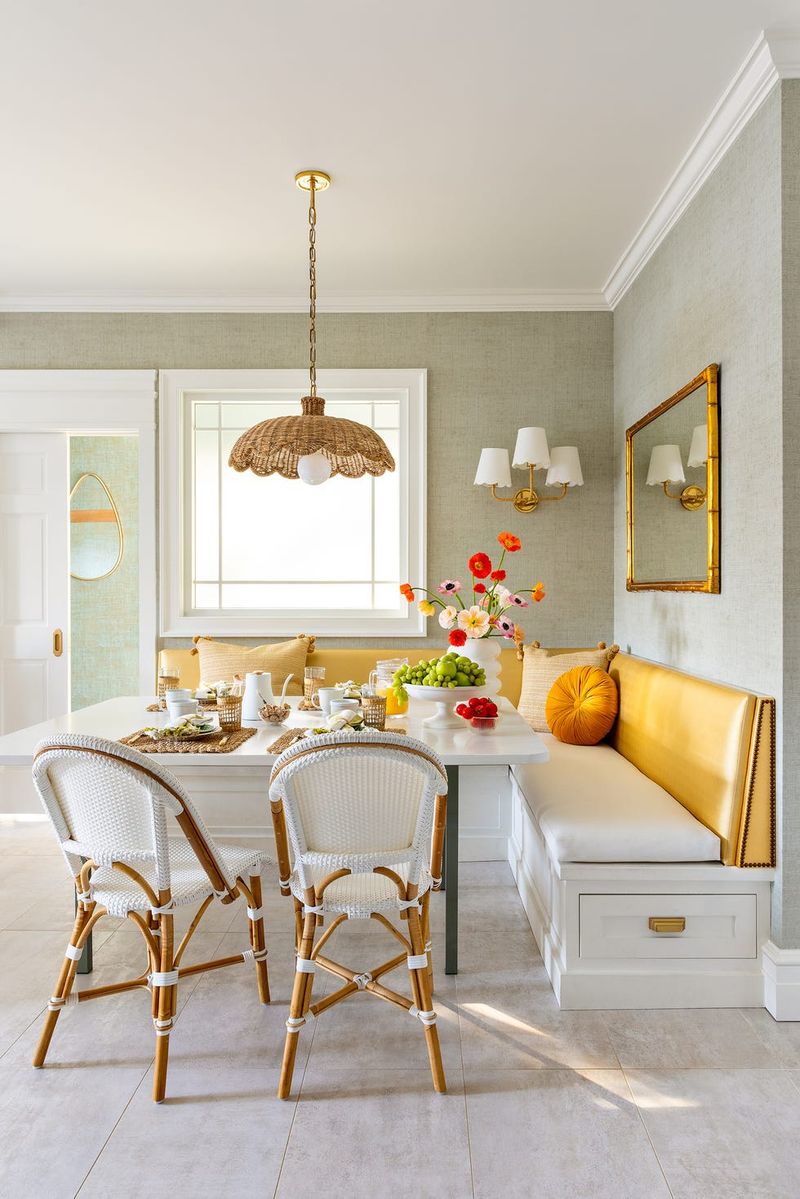
Breakfast nooks don’t have to be just morning spots! These cozy corners work overtime as home offices, homework stations, game night headquarters, and intimate dining areas for two.
The secret to a flexible breakfast nook? Movable pieces like lightweight chairs, a table with wheels, or benches that slide under when not needed. Power outlets nearby make laptop work sessions easier.
Even the smallest kitchen can usually fit a tiny nook. Look for corner banquettes, half-round tables that hug walls, or drop-leaf designs that expand only when needed.
20. Indoor-Outdoor Dining Connections
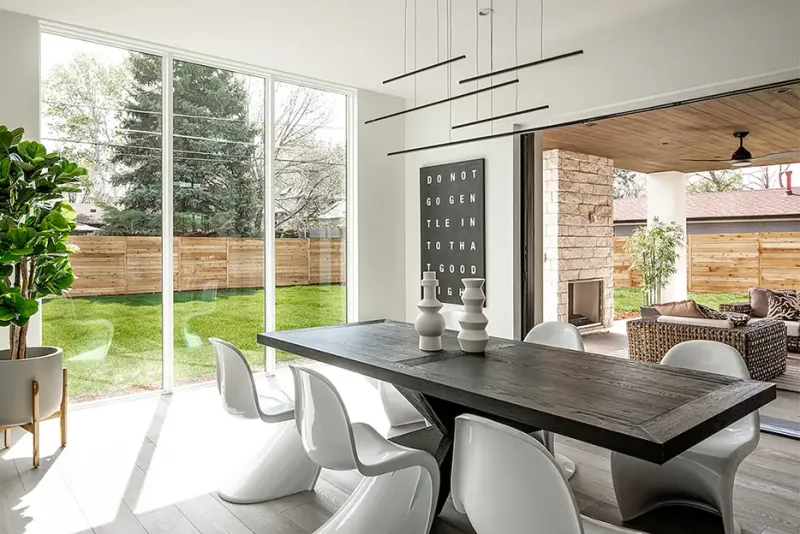
Why choose between dining inside or outside? The hottest trend in dining spaces creates seamless flow between indoor tables and outdoor eating areas through large sliding doors, matching furniture styles, or consistent color schemes.
Position your indoor dining table near doors or windows that open to patios or decks. When weather permits, open everything up for an expanded dining area that brings nature to the table.
Use similar materials and colors in both spaces so they feel connected rather than like separate rooms. This visual continuity makes even modest homes feel more expansive.


